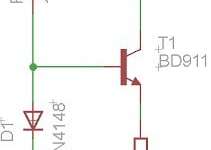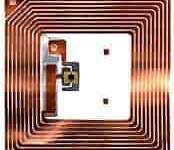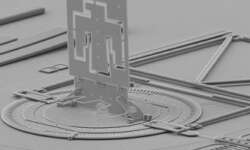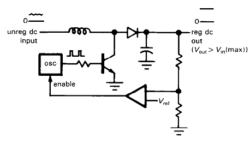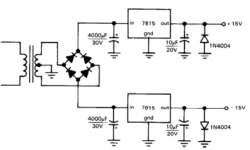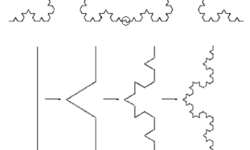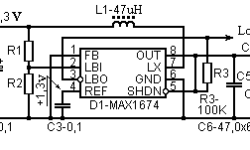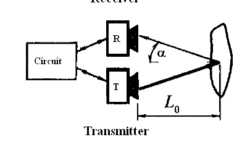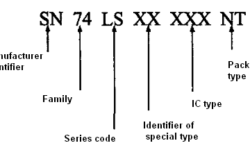
Today MEMS is a common acronym among engineers. Therm MEMS stood for micro-electro-mechanical system and was started to use in 1980sin USA. MEMS are called systems because they are sensors and contain electronic circuitry inside which conditions sensor signal. Simply speaking, MEMS is usually a chip device that integrates mechanical elements, sensors, actuators, and electronics. Most interesting and important partis mechanical. Miniaturizing the mechanical parts using micro-machining technology when selectively parts are etched away, it became possible to create mechanical structures on silicon base and electronic devices. MEMS devices are used everywhere today, including automotive, industrial even computer hard drives with MEMS sensors for shock protection. The ability to integrate mechanical sensors inside the chip made it possible to design compact accelerometers, gyroscopes, pressure sensors, sensors with integrated RF, and many more. Also, technology enables the integration of more than one sensor inside the chip. One example may be 3-axis accelerometers. A major producer of inertial MEMS is Analog Devices, which produce accelerometers and gyroscopes.
Continue reading
